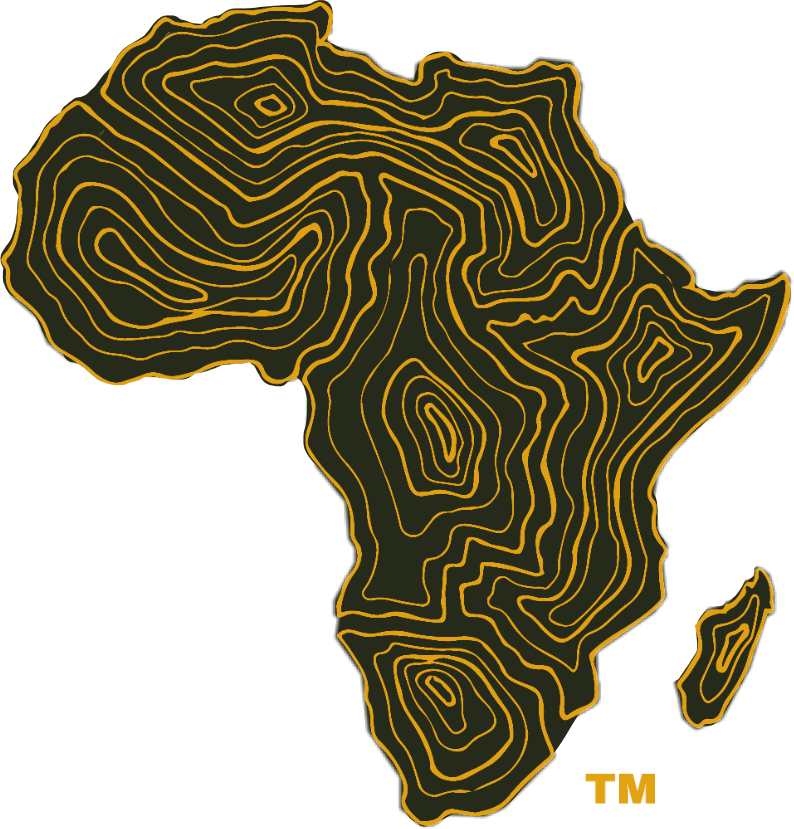
Kingdom of Kerma
According to Sudanese and British writer Jamal Mahjoub, “Sudan is not really a country at all but many.
A composite layer, like a genetic fingerprint of memories that were once fluid but have since crystallized out from the crucible of possibility”; and what better kingdom to demonstrate the truth of that statement than the Sudanese Kerma Kingdom?
A kingdom comprised of numerous countries and cultures that have been assimilated and molded into a single multicultural society.
Location of Ancient Carthage
Kerma was a kingdom in ancient Nubia. It began in upper Nubia, which encompasses northern and central Sudan, and spread into lower Nubia, eventually reaching the Egyptian border. Nubia was a region located along the Nile's eastern bank.
Kingdom History
When the Kingdom of Kerma was first excavated, archaeologists believed it was a base for an Egyptian governor. However, additional research has led archaeologists to believe that it was one of Africa's earliest kingdoms. Ancient Egyptian texts that contained the Kingdom of Kush also contained evidence of Kerma's long existence.
Between 2450 and 1450 BCE, the Kerma Kingdom was regarded as the Nubians' most powerful city-state. They were an 'indigenous Nilotic culture' that lived primarily in rural areas. They prospered primarily through agriculture, hunting, fishing, livestock raising, and the production of ceramic and metal goods.
Its society was largely constructed by a civilization comprised of Nubians. They are regarded as the first "cradles of society." The Kerma culture originated in upper Nubia, which we now refer to as northern Sudan. Later, it spread into central Sudan and even into lower Nubia, extending all the way to Egypt's border. According to a recent study and research methods, the Kerma Kingdom developed at the start of the third millennium B.C.
Their history can be divided into four distinct epochs: the early Kerma period (3000 BC), the Middle Kerma period (2055-1650), the classic Kerma period (1700-1550), and the late Kerma period (1700-1550). (1500-1100). The early Kerma period was characterized by the Kerman people's use of tools, graves, jewelry, sacrificed animals, mirrors, and, more significantly, pottery. Lower Nubia was conquered by Egypt during the middle Kerma period; it was during this period that western Deffufa was built and became an important religious symbol. Classic Kerma was a period in which Kerma ruled both upper and lower Nubia and was the greatest during its time. The latest Kerma period (the late Kerma period) lasted from 1500 to 1700 BCE and saw the annexation of the Sudanese Kingdom of Sai, establishing Egypt as a major rival. The Kerma site is comprised of a reasonably sized town and a cemetery comprised of Tumuli, or massive burial grounds.
Kerma Kingdom Society
The Kerma Kingdom was composed entirely of Nubians. The Nubians are indigenous people who possessed a thriving and diverse culture. They were renowned for their ceramics, art, and military might. They began as animal herders, progressed to become fishermen, and eventually became farmers.
Their society was astonishingly diverse. This was due to their capacity to absorb the surrounding areas and the people who came to trade and work. They used cattle to determine a person's wealth and classify them. The more cattle one owned, the more powerful one was in society. The Nubians traded ivory, gold, animal pelts, and an indigenous African tree called Ebony, which produces dark, hard timber. Additionally, they were known for their Deffufas, which were massive mud-brick structures used as temples or funerary chapels. These 'deffufas' played a significant role in Kerman culture and society.
“Three Kushite kingdoms dominated Nubia for more than 3,000 years, with capitals in Kerma, Napata, and Meroë. The artifacts most associated with Kerma culture are probably deffufas like the one above, huge mud-brick structures used as temples or funerary chapels.”
PHOTOGRAPH BY WALTER CALLENS, COURTESY WIKIMEDIA. CC-BY-2.0
Image and Description taken from National Geographic
Importance of the Kerma Kingdom
The Kerma Kingdom and its vast culture produced culture and art that are still produced and displayed in modern times. The pottery produced is one of the draws for tourists who visit markets to view and purchase it. The vibrant energy and prosperous culture tell the story of the kingdom of Kerma, luring visitors to the enchanted land that has become known as Sudan. Sudan has always been and will remain a country with numerous layers and diverse history, but through it all, it will remain a diamond waiting to be cleaned, as writer Jamal Mahjoub previously stated.
References
Educate, Enlighten, Inspire, Empower NU Freedom Riders; “African American cultural learning”. Available at: https://nfraaclcenterwhyafrica.wordpress.com/kerma/
Think Africa editorial team ; “The Kingdom of Kerma (2500-1500 BC)”. Available at: https://thinkafrica.net/the-kingdom-of-kerma-2500-1500-bc/
James Mika; “Kerma culture”, 09 March 2018. Available at; http://www.numibia.net/nubia/kerma.htm
DHWTY (Ancient origins); “The Forgotten Kingdom of Kerma and Its Incredible Deffufas”. Available at: https://www.ancient-origins.net/ancient-places-africa/forgotten-kingdom-kerma-and-its-incredible-deffufas-006597
Theodoros Karassavas (Ancient Origins), “Swiss Archaeologist Makes Surprise Discovery of Round Temples After Years of Excavating in Sudan”, 15 February 2017. Available at: https://www.ancient-origins.net/news-history-archaeology/swiss-archaeologist-makes-surprise-discovery-round-temples-after-years-021224
Amin, Osama Shukir Muhammed. "Pot from Kerma, Sudan." World History Encyclopedia. Last modified April 04, 2016. Available at : https://www.worldhistory.org/image/4771/pot-from-kerma-sudan/.
Britannica, The Editors of Encyclopaedia. "Karmah". Encyclopedia Britannica, 23 Jun. 2006, Available at: https://www.britannica.com/place/Karmah





